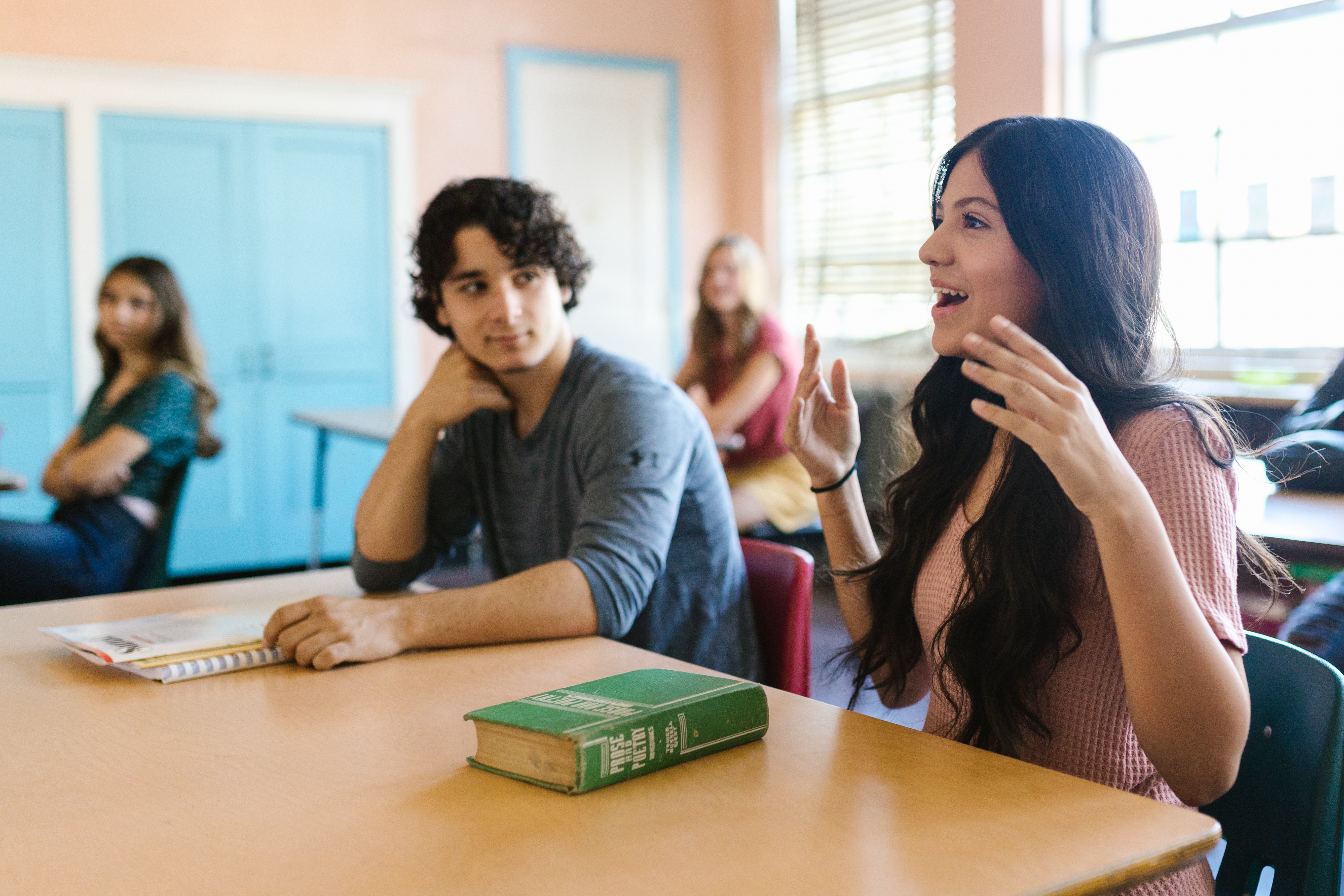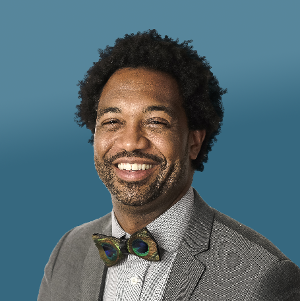In the education world, you may have heard terms like “circle practice,” “restorative practice,” or “restorative justice.” What exactly are these, do they matter, should you be using them in your learning environments, and what do they mean for student discipline and/or climate and culture? We’ve set out to clarify the terminology and help you understand how using restorative practices in your schools and classrooms can help build more equity in your learning environments.
Restorative Practices is an umbrella term used for strategies that help us to proactively build community and relationships and manage conflict and tensions in ways that treat humans with dignity and respect. Circle Practices, a form of restorative practices, are a range of proactive approaches that aim to develop a safe community and build relationships, while Restorative Justice, perhaps the most well-known form of restorative practices, is more reactive in nature and aims to manage conflict and tensions by repairing harm and restoring relationships. Restorative justice holds offenders accountable for their crimes by involving them in face-to-face encounters with the people they have harmed both directly and indirectly.
Restorative justice is often hailed as an alternative to traditional measures, which may hold an individual accountable through punitive consequences, while not ensuring closure. The practice was recently adopted for usage in schools as a potential alternative to punitive consequences and out-of-school suspensions. While many have had success in utilizing restorative justice in schools, many others have struggled to see success. This perhaps maybe because they have missed the fact that the foundational elements of the practice and purpose are rooted in a cultural scheme of collectivism, is a part of the indigenous culture; First Nation in Canada, and is structured within this context as a means of extending, protecting and honoring cultural values and norms through the communal experience of speaking your truth and listening to others speak their own. This requires trust as well as a sense of safety and belonging.
Remember the firm goal of restorative practice is “to manage conflict and tensions by repairing harm and restoring relationships and holds offenders accountable for their crimes by involving them in face-to-face encounters with the people they have harmed directly and indirectly.” This is not simply about implementing a tool during challenging times to magically resolve conflict. Instead, it is a framework that communicates that if we can trust each other with our voices, because we know that they will be heard, and we commit to also respecting and listening to the voices and experiences of others, we can build better communities where all learners feel a sense of belonging. This can be incredibly powerful when implemented into the fabric of classroom and school culture.
The notion of restorative practices may seem foreign to you, but if you have ever engaged in any of the following then, believe it or not, you have experienced restorative practice:
- Expressed to a young person how their actions made you feel (“I’m so proud of you for…!,” “I was really disappointed when…”)
- Asked a young person how something impacted them, either negatively or positively.
- Asked a young person to think about the impact of their actions after they were involved in some type of conflict.
- Seen two young people get into a conflict with each other, pulled them aside, asked them what happened, and helped them to discuss the situation and apologize to each other.
- Sat in a circle with a group of people and had everyone go around and respond to a check-in question.
- Held a meeting between a student and a staff member to work to resolve an incident that occurred between them.
Restorative practices may include affective statements, affective questions, impromptu conferences/conversations, cogenerative (cogen) groups, tier 1 & 2 circle practice and tier 3 conferences. Circle practice is typically what is being referred to, when mentioning restorative practices in schools. Circle practice can be transformative and requires a great deal of prerequisite work to ensure success. Circle practice is fundamental in fostering and strengthening students’ social-emotional competencies: self-management, social awareness, relationship skills, self-awareness, and responsible decision-making.
McCold & Wachtel, 2001
A foundational element of this prerequisite work includes embracing the UDL framework acknowledgment that variability is the rule, not the exception. Students don’t have to do the same things at the same time. All students can work toward the same firm goals and grade-level standards and all students will become expert learners if barriers are removed. Equity audits, which include gathering voice and input from students to assess the classroom and/or schools, help us to meet the needs of all learners. The willingness to treat all students with respect and dignity and the willingness to regard student voice as a significant dataset must be considered when designing or implementing any action of school improvement.
Some key elements to consider when designing circles are the following:
- Goal (What is my purpose in running this circle?)
- Opening (How will you open the circle? A poem, quote, song, breathing, story…?)
- Introduction of Talking Piece (What object am I using and why?)
- Check-In (What question will I ask?)
- Guidelines/Values (What questions will I ask to create shared guidelines and values?)
- Discussion Rounds (What needs to be addressed in the circle? What questions will I ask? How many rounds? )
- Check Out (How are people feeling right now?)
- Closing (How will I close this circle? A poem, quote, song, breathing, story…?)
If we truly value our students, then we have to be willing to institute circle/restorative practice structures to enhance and develop them to become their best selves while fostering social and emotional competencies. We want to effectively communicate to students that their voice is important and that it matters. We must emphasize that will we hear their voices on what they need, but that we will also make efforts to respond to and incorporate their feedback into our practice, school, and classroom communities by showing that their voice has value. When students are at the center and are engaged in discourse, they develop agency and an active role in the process which results in a willingness to commit with a seriousness of purpose.
Circle/restorative practices are essential and fundamental in the development of our students. For that reason, we recommend implementing them in the very early stages of traditional schooling by sitting in circles to check in, read a book, do a share-out, etc. But know that it is never too late to start circle practice and implement restorative justice to make your learning environment a more welcoming, safer space for our students to learn. We must continue to use circle/restorative practices throughout a student’s educational experience as a means to embody a set of principles and values. Once students know that their voice matters and that we respect their experiences and perspectives, then our students will ultimately have access to a more equitable education.
Continue Your Learning
 Restorative Practices Self-Paced Course
Restorative Practices Self-Paced Course
Learn how to transform your learning environment into a more productive space where all students feel a sense of belonging.
Co-Written by Edgar Vasquez, Founding Dean of Students at Boston Arts Academy. He was raised in Boston and has over 20 years of experience in urban education. This article was republished from it's original publishing date.









